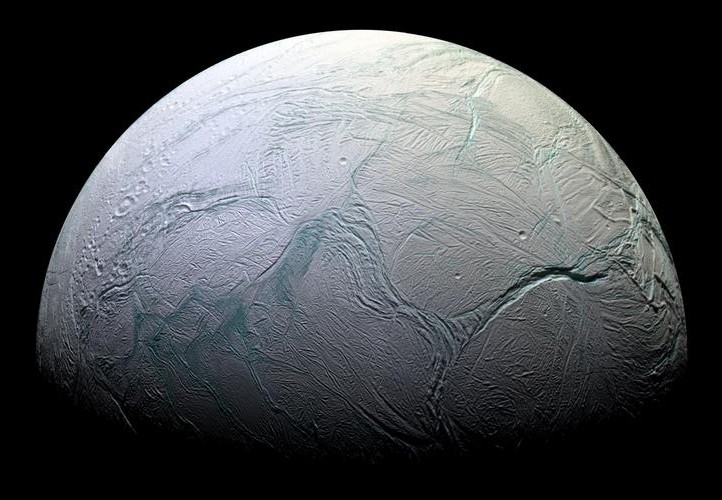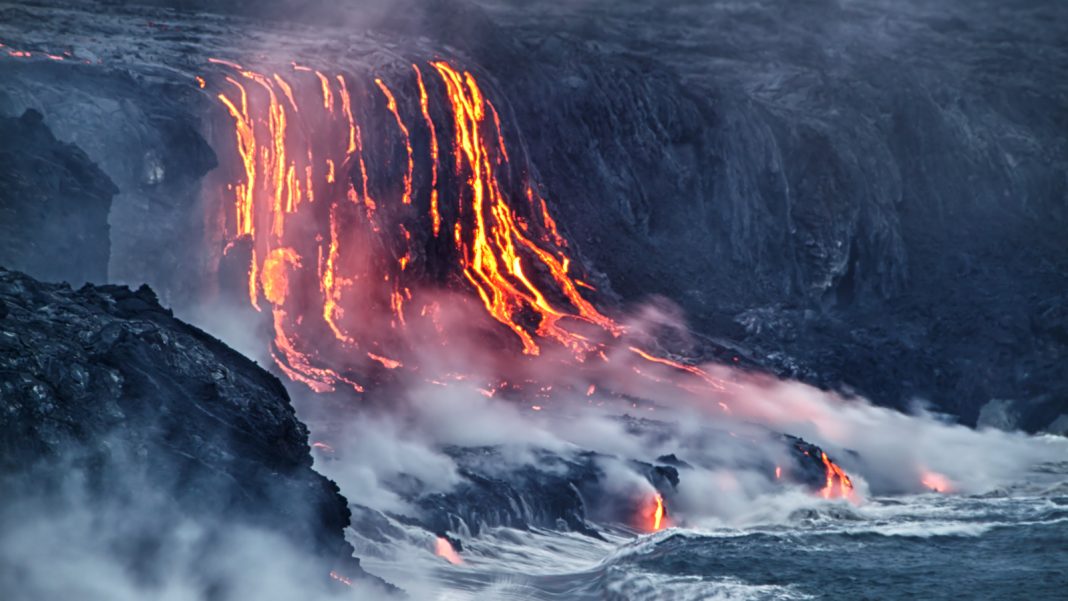As the search for life elsewhere in the Universe continues, scientists have discovered a new top candidate in the form of Saturn’s sixth largest moon – Enceladus. Published in Science this month, new research from the Cassini mission shows new signs of excitement on one of Saturn’s many moons.
What the scientists have spotted are large vapor plumes emerging from the moon that contains high levels of molecular hydrogen. On top of this, the hydrogen appears to be the result of hydrothermal activity that’s happening in Enceladus’ ocean. Meaning, there is a strong possibility of microbial life up there as the conditions are so favorable.
Scott Bolton is co-investigator for the Cassini mission and co-author of the research and he himself is surprised by the amount of hydrogen found on Enceladus. Questions he’s asked himself include: How is this hydrogen being produced? Where is it coming from? Is this the source of food for microbes?
In a recent interview, Bolton discussed this idea and explained how the most plausible idea the scientists have come up with so far is that hydrothermal activity was going on in Enceladus and “may be producing white and black smokers… just kind of what like we see here on Earth”. These white and black smokers indicate life.
Moving forward, Bolton hopes to see the future mission to ocean world like Enceladus and Jupiter’s Europa too. While further Enceladus missions have been planned and put forward they are yet to be approved while the Europa Clipper is being designed currently.
More News to Read











